Hawaii’s Renewable Energy Revolution
Advances in technology have made solar photovoltaic and wind power the most logical and cost-effective energy options for many communities around the world. Pioneers like Hawaii have proven that renewables can replace fossil fuels as base load power, and in the process, they’ve discovered that the transition to renewables requires a fundamental shift in the way they do business. Utilities around the globe can learn important lessons from Hawaii’s shift away from traditional fossil fuel imports.
Video Transcript We do not have indigenous fossil fuels in Hawaii, so historically we have always imported fuels—primarily oils—to support operations and to produce electricity for our communities. Several years ago, we committed ourselves to transforming that with a significant amount of clean energy. And we have also brought together some of the best technology, and some of the best minds that are in the field, to help us plan this renewable energy future. My name is Earle Ifuku. I am the director of the Demand Response Programs at the Hawaiian Electric Companies. Demand Response is a evolving program that we have at Hawaiian Electric that allows our customers to be in engaged as part of the solutions for balancing the grid requirements, as we have more and more renewable energy on our systems. Innovation that has occurred, through the convergence of communications capabilities over the internet and new technologies via consumer electronics, we now have the capability to very cost-effectively engage our customers' real time response. To transform an electricity system from its current state, to one in which it has a high concentration of renewable energy, there are two aspects that you have to rely on to do it successfully. First of all you've got to have a collaboration of experienced entities—whether they be customers, vendors, technology manufactures, system operators, the electric companies themselves, all working together from an informed perspective to make good use of the successes of where it has been done elsewhere. The second aspect is you need sustainable public policy to help guide the transformation. The biggest challenge for Hawaiian Electric Companies for the IRP process was we were so early into the renewable process, we were really leading the way for many states and many countries, so bringing the right people together was an essential challenge for us, and many people wanted to have a voice. Many people had significant interest in that process, so finding a good facilitator for that process is important. But I encourage everybody working on one of these plans to move through those aspects as quickly as they can, and boil it down to the essential elements that are important to their community, because in the end, it is the acceptance of their community toward that plan that will allow everybody to move forward. Hawaii is a really great opportunity to learn a lot of the lessons. It is also unique in the sense that we are an island grid. We are not interconnected, and we already have in real-time operational need for looking at how to manage the grid effectively with customer loads and alternative technologies for storage. Renewable energy technology is to a point today where I don't feel that it requires really substantial subsidies and incentives to launch the technology into the mainstream. The technology has matured. You need policies that will lead to the adoption and the build out of the programs and of the renewable energy, but they have to be sustainable, and they have to be balanced, and they have to benefit all customers, not just those that might be directly participating in the programs themselves.







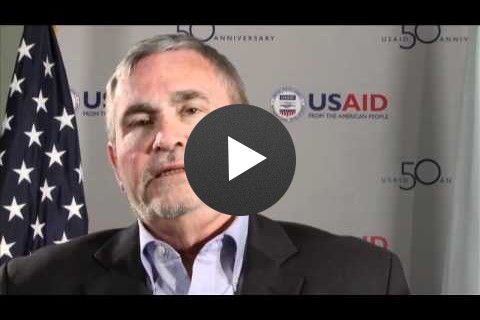
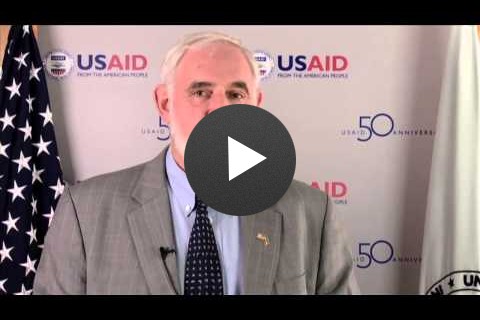
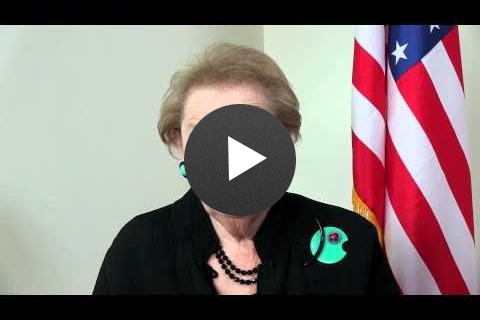

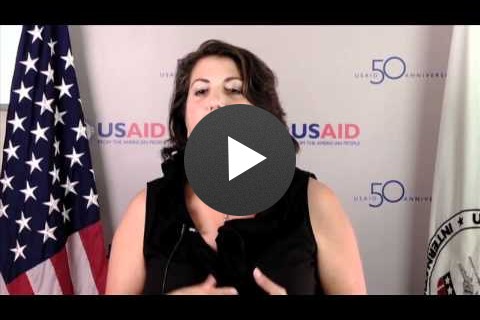
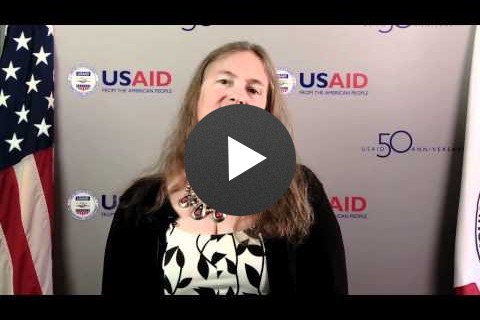


Comment
Make a general inquiry or suggest an improvement.